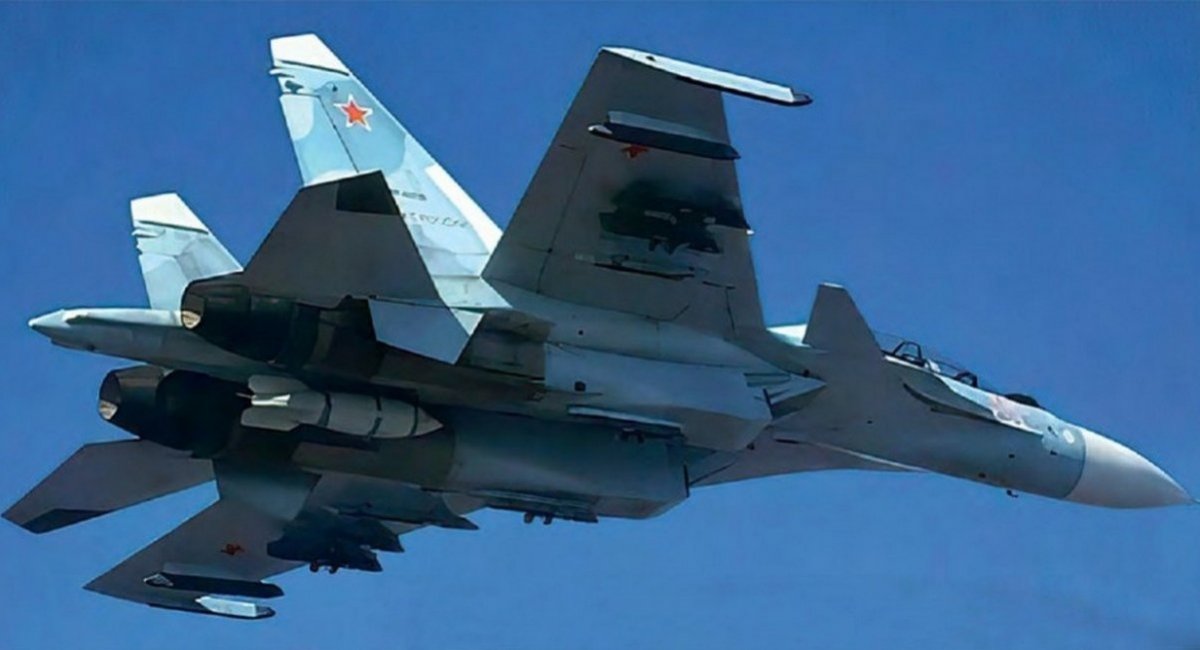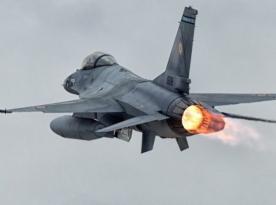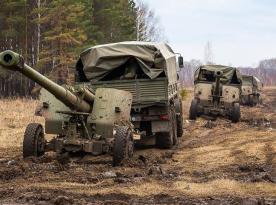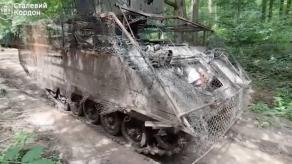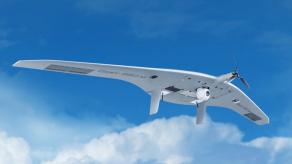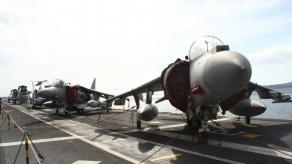Military-themed websites in russia report that scientists of the Military Logistics Academy patented a new simulator of a nuclear explosion, which will be able to replicate almost all the effects of detonating an atomic bomb (except for radioactive radiation). The specifications of this device are not disclosed, they say the simulator will be more "safe for use by personnel" than its Soviet predecessors known as IU-59 and IAB-500.
Since this information has already been shared by the mass media, it is worth explaining that russia indeed may still have some old Soviet simulators of a nuclear explosion. This gives the Kremlin the opportunity to threaten other nations with "nuclear" explosions without deploying actual atomic weapons, so the russians may consider this development promising and worth pursuing.
Read more: belarus Adopts New Military Doctrine, Allowing for the First-Time Use of Nuclear Weapons
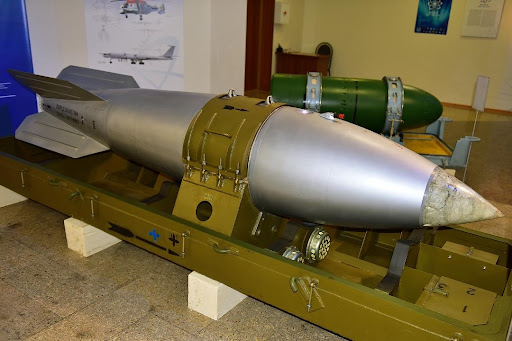
More specifically, such a simulator of a nuclear explosion is supposed to reproduce all the physical effects, as in the case of "real" use of nuclear detonation: intense light radiation, a strong blast wave, and, of course, an imitation of the so-called "mushroom cloud."
Open source data indicates that the Soviet Union and later russia could have possessed or still have at least two types of nuclear explosion simulators, called IAB-500 and IU-59, respectively. Although both devices were manufactured back in Soviet times, russian media in 2020 showed footage of an IAB-500 being dropped from a Su-30SM, so let's start with this device.
It is known that the IAB-500 was supposed to imitate the RN-24 — a nuclear air bomb carried by tactical aviation. The IAB-500 is basically a huge tank shaped like an aerial bomb, filled with a mixture of liquid fuel (75% diesel fuel and 25% aviation fuel) and smaller tanks with red phosphorus.
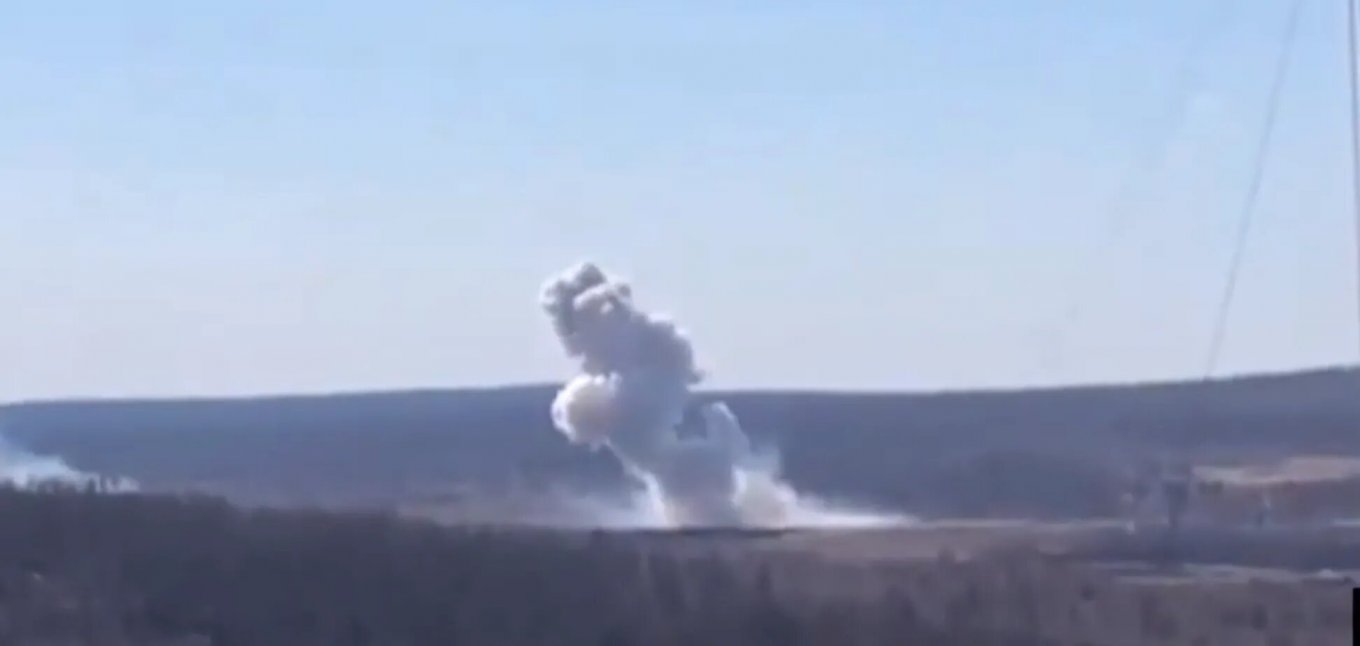
According to the tech data sheet, the IAB-500, when detonated, should emit a sphere of fire 90–120 meters in diameter, which glows for 3.5 seconds; then, a "mushroom" rises up to an altitude of 1 km, which should be visible from 30 kilometers away. However, there is no relevant data on current status of the IAB-500 found online: on the one hand, there was a video of a training application in 2020; on the other, there are no other references or photos of this simulation device.
As for the IU-59, in public access you can only find as much as archive sketches of what this device should have looked like. Nonetheless, the specs and design features of this simulator are known and worth paying attention to.
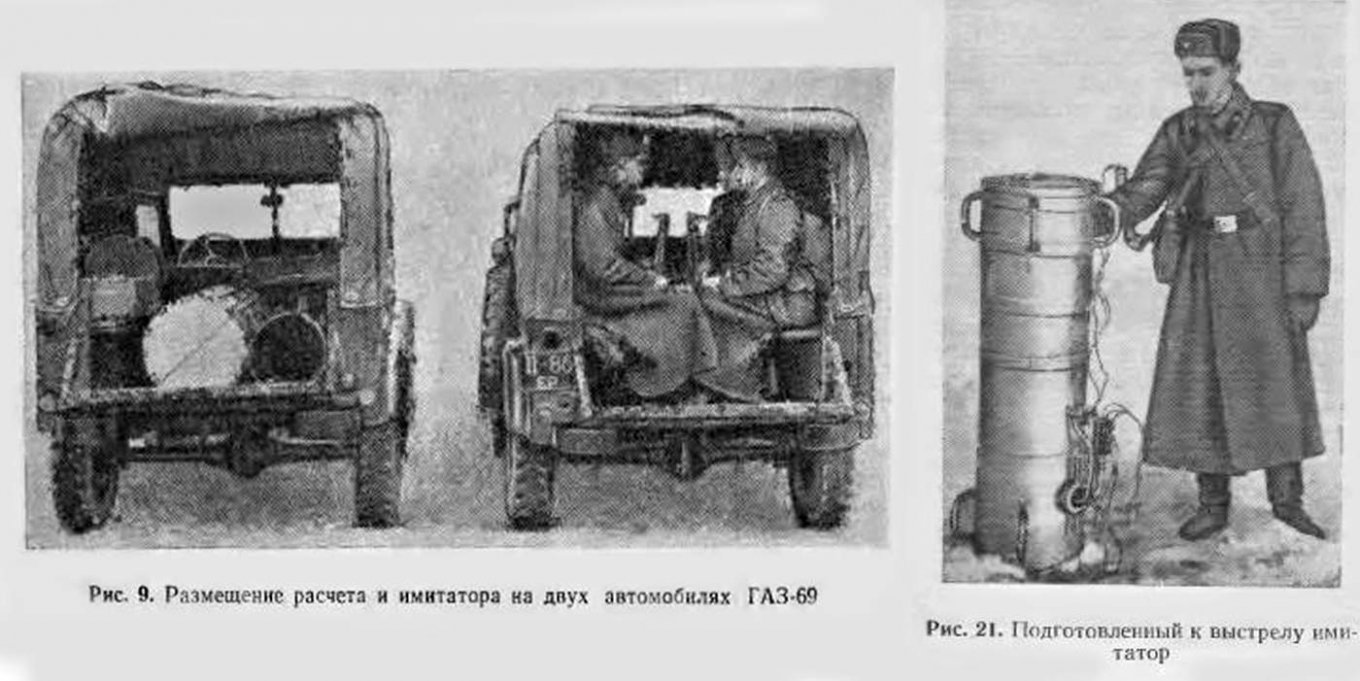
It was a huge TNT bomb 1.1 meters high and weighing 117 kilograms, which was to be fired from a special mortar 1.4 m high with an electric fuze. Preparation for detonation took up to 25 minutes, the process required a team of 4 people, a safe distance for them to initiate the detonation was from 200 m.
Based on the description of just these two devices, it appears that the russians don't really need sophisticated technology or scarce imported material to make a simulated nuclear explosion. This factor should be kept in mind.
Read more: Hypersonic Zircon is the Only Missile russia Hasn't Used Against Ukraine Yet: Doesn't Want to or Cannot?




